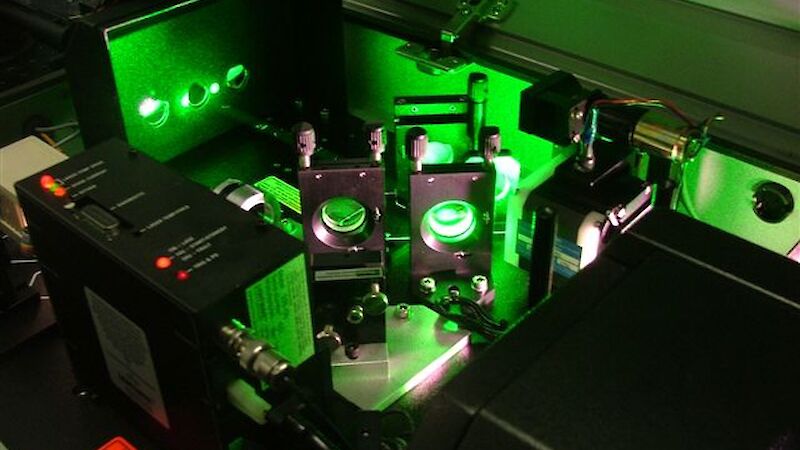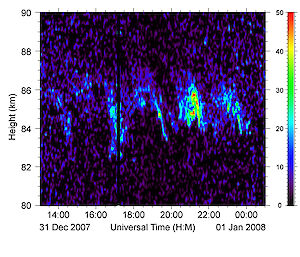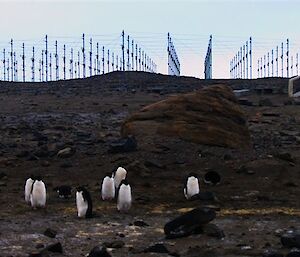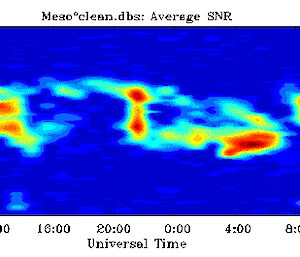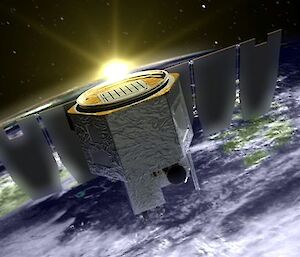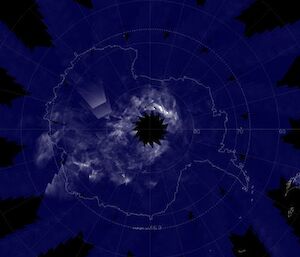Many hours of LIDAR (light detection and ranging) operation at Davis has resulted in the first ground-space coincident observation of ‘noctilucent’ or ‘polar mesospheric' clouds. (They are called noctilucent clouds when viewed from the ground and polar mesospheric clouds [PMC] when viewed from space over Antarctica).
These very thin ice clouds indicate temperatures lower than −130°C where they form near 83km altitude. Increasing occurrence of noctilucent clouds is expected from the cooling effect of increasing carbon dioxide at high altitudes.
A unique polar mesospheric cloud captured on the LIDAR on New Year’s eve/day persisted for 22 hours and almost jumped off the brightness scale. Our atmospheric radar also recorded related intense ‘blobs’ or 'polar mesosphere summer echoes'.
Amazingly, orbiting Davis at this time was the Aeronomy of Ice in the Mesosphere (AIM) spacecraft — which recorded its brightest and thickest PMC layer to date.
The study of these ice layers that form at the edge of space in the altitude range of 80 to 94km using the Davis LIDAR and radars, and the NASA AIM spacecraft instruments — is focussed on determining whether their increasing brightness and latitude coverage are an indicator of climate change in the atmosphere.
This research contributes to the International Polar Year science objectives.
More on the LIDAR
The LIDAR team broke a massive record in December — they collected over 235 hours of data for the month. The previous record was 205 hours, set in January 2006.
Some statistics…
- 10 sessions in total averaging 24 hours of data in each
- Longest run collected 60 hours and 50 minutes of data
- Shortest run collected 4 hours and 32 minutes of data
- 235 hours and 2 minutes worth of data in total
- 259 hours and 55 minutes of laser running time
- A laser duty cycle of 35% for the entire month
- During the last 9 days of the month the laser was running 82% of the time; that’s 178 hours
The average data total for December is roughly 45 hours (2001–2006), 235 hours is more than five times this amount.

